Reviewed by: Y. Garcia
When Apple's current CEO eventually steps down, don't expect him to disappear entirely. Recent reports suggest the company's leadership transition is gaining momentum, with preparations underway for a change as early as 2026. The board and senior executives have ramped up their focus on ensuring a smooth handoff after more than 14 years of Cook's leadership, and the company is unlikely to announce a new CEO before its earnings report in late January. The twist, Cook's departure may not mean a clean break from Apple's orbit.
The succession timeline is accelerating
What is driving the urgency is Apple’s need to sync any announcement with its business calendar. The company is preparing for Cook's potential departure as soon as next year, with reports indicating the board is preparing for a possible transition in 2026.
Here's the thing: the leadership shift has been in the works for years and isn't connected to current performance. Cook recently turned 65, so the timing feels natural, not forced. It fits Apple’s planning style, methodical and calm rather than splashy.
The timing also reveals intent. An early-year announcement would allow the next leadership team time to settle before Apple's major annual events, the Worldwide Developers Conference and the iPhone launch season. No chaos, just choreography. The new CEO would not be thrown into their first product cycles during Apple’s highest-stakes moments. Apple being Apple, the aim is momentum, not drama.
John Ternus emerges as the clear frontrunner
Among potential successors, one name keeps popping up. John Ternus, senior Vice President of Hardware Engineering, is widely seen as a likely successor and is viewed by many inside Apple as the top contender to become the next CEO.
Ternus brings deep institutional knowledge. He has spent nearly a quarter of a century at Apple, having joined in 2001, which means he has lived through multiple product revolutions and knows Apple’s DNA. And the detail everyone notices, at 50, he's exactly the same age Cook was when he succeeded Steve Jobs in 2011. Coincidence or quiet signal? My bet, a signal.
Apple has been positioning Ternus for this moment. His steady rise through the ranks culminated in his appointment as senior vice-president in 2021, giving him oversight of hardware across the entire product line. He has increasingly represented the company on stage and in the media, roles once reserved almost exclusively for Cook. That is not accidental.
The choice would fit Apple’s strategy for the AI era. The company is making a bet that winning AI requires chip-level control, not cloud infrastructure. While competitors pour resources into huge data centers, Apple is leaning into tightly integrated hardware and software, which is exactly Ternus’s lane. His engineering background could be crucial as Apple navigates artificial intelligence, mixed-reality devices, and advanced chip development.
Why Cook might stay connected after stepping down
Here’s where Apple’s succession story gets interesting. Most tech leaders exit the stage or show up as occasional advisors. Cook’s track record points to something in between, continuity plus fresh leadership.
When Cook eventually steps down as CEO, it's likely he would remain involved in some capacity, perhaps as board chairman. That would mirror similar transitions made by other technology leaders, such as Jeff Bezos at Amazon, Bill Gates at Microsoft, and Larry Ellison at Oracle.
Cook has said as much about his own mindset. He has expressed that his eventual retirement won't meet "the traditional definition" of the phrase. Translation: he plans to keep working. That fits, given Apple’s scale and complexity.
And the institutional knowledge at stake is enormous. Under his leadership, Apple's market value has grown from around $350 billion in 2011 to $4 trillion today. More than stock charts, Cook rewired operations. He extended Apple's global supply chain to more than 50 countries and regions, building an exemplary production system in the industry. You do not toss that playbook.
The strategic advantage of a gradual transition
Cook’s potential continued involvement is not sentiment; it is strategy. A clear succession plan strengthens Apple's long-term story while preserving institutional knowledge during a pivotal period for tech.
It also answers market nerves. Markets watch leadership news closely, and a leadership change can slow some projects temporarily. Even so, Apple's deep bench of senior leaders is an advantage in leadership transition. Keeping Cook available for strategic guidance only adds stability.
The timing matches the terrain Apple must cross. The company is pushing its AI capabilities, expanding into mixed reality with the Vision Pro, and managing complex global supply chains amid geopolitical tensions. A gradual model lets Apple tap Cook’s operational mastery while new leadership drives the technical agenda.
In practice, it is easy to picture. Cook as board chairman offering strategic oversight and institutional memory, the new CEO owning day-to-day operations and product vision. That setup reflects the measured decision-making that has defined Apple under Cook: calculated, deliberate, momentum first.
Bottom line, Cook’s transition looks less like retirement and more like evolution. A chairman role would preserve hard-won operational expertise while empowering fresh technical leadership to write Apple’s next chapter. For a company that thrives on continuity and careful planning, this approach fits the culture and keeps the door open for continued innovation in a crowded, competitive field.






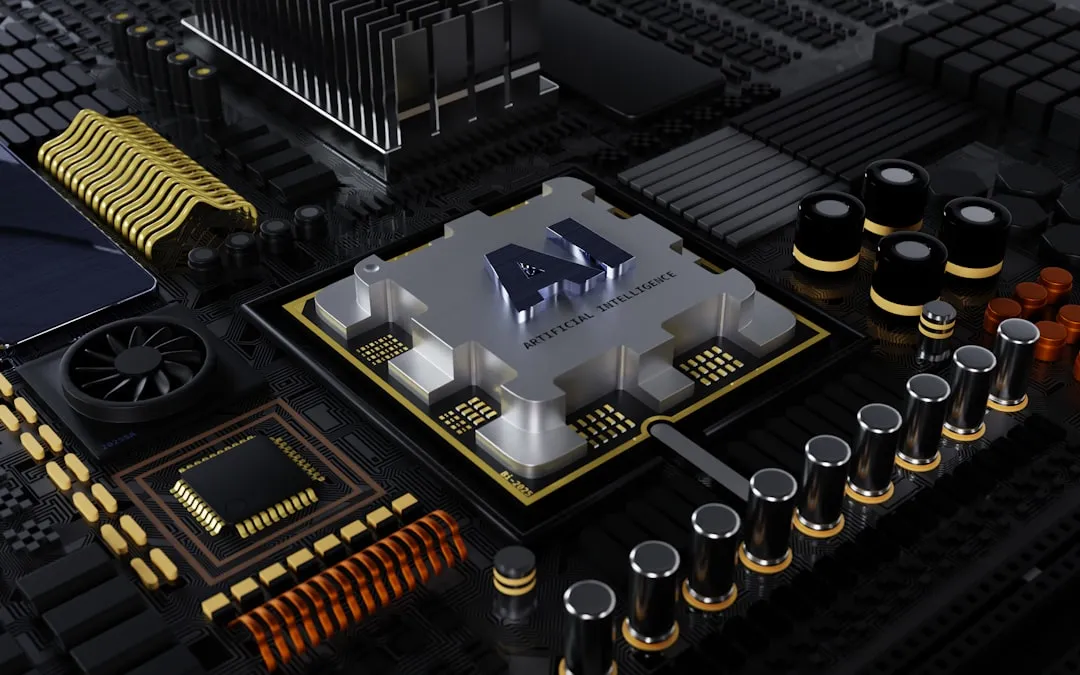

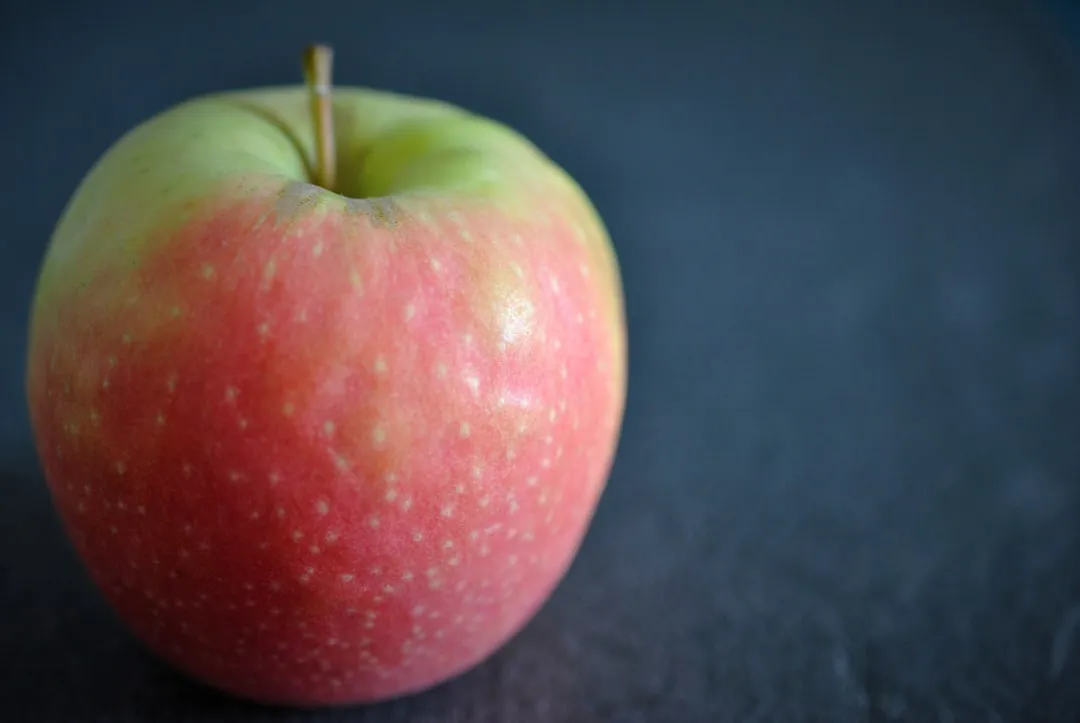
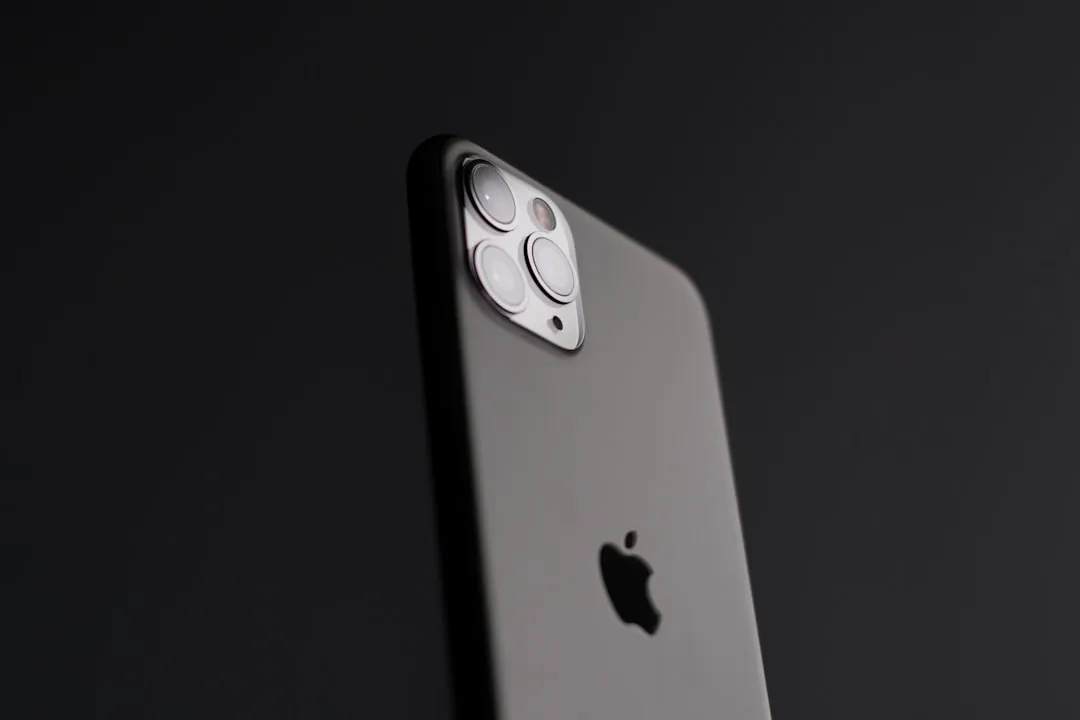


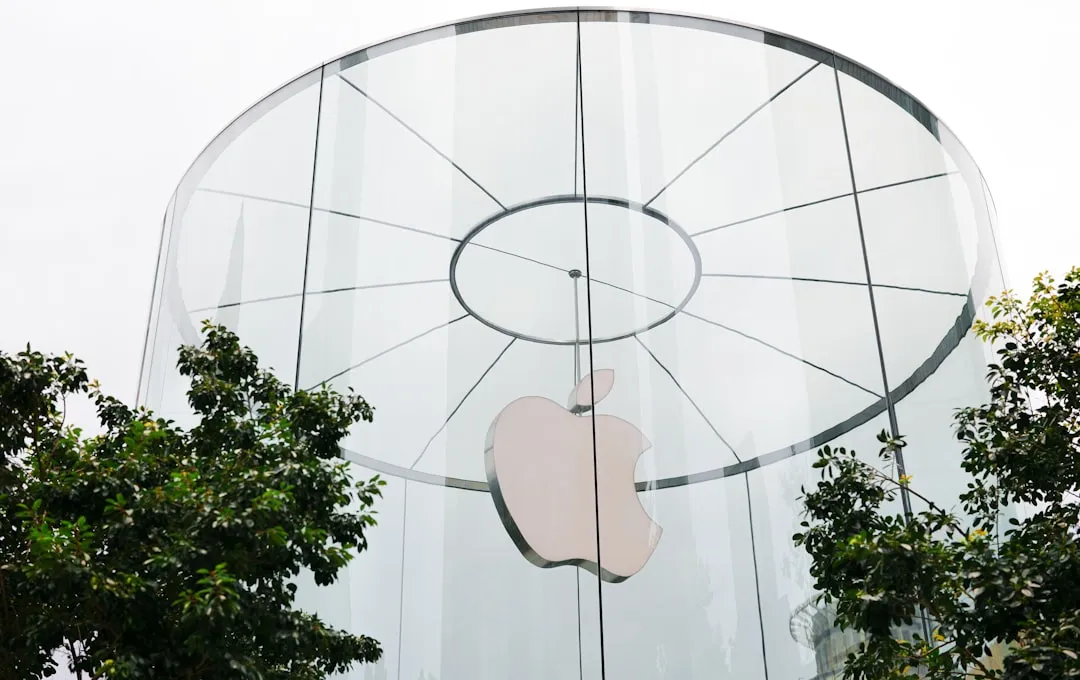
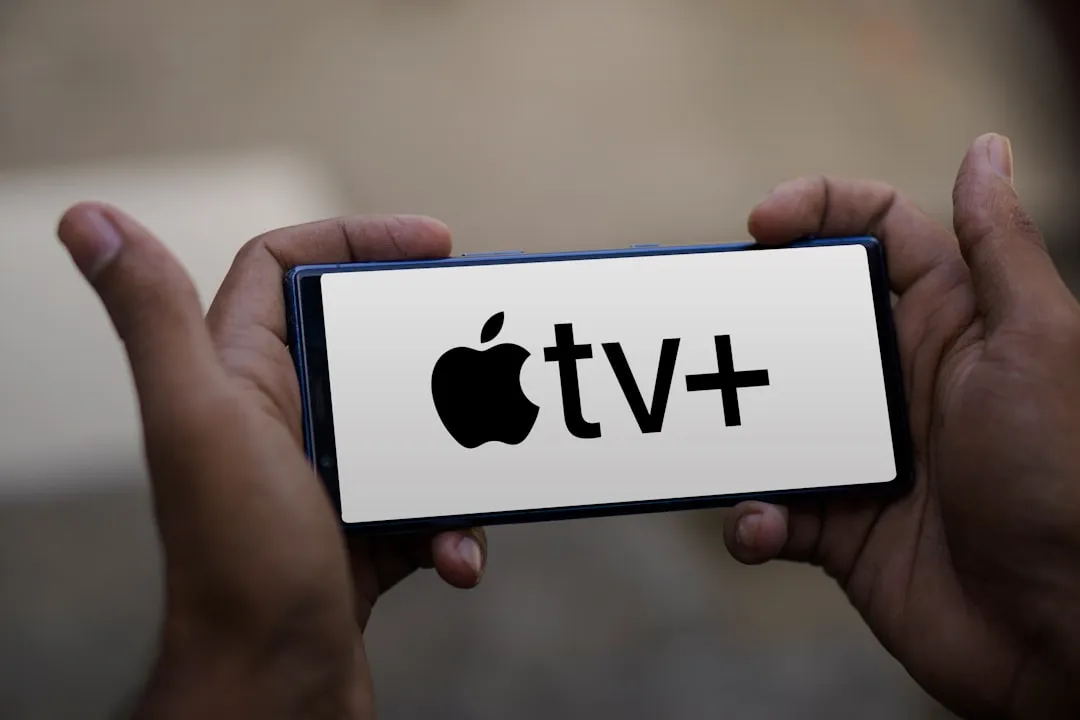
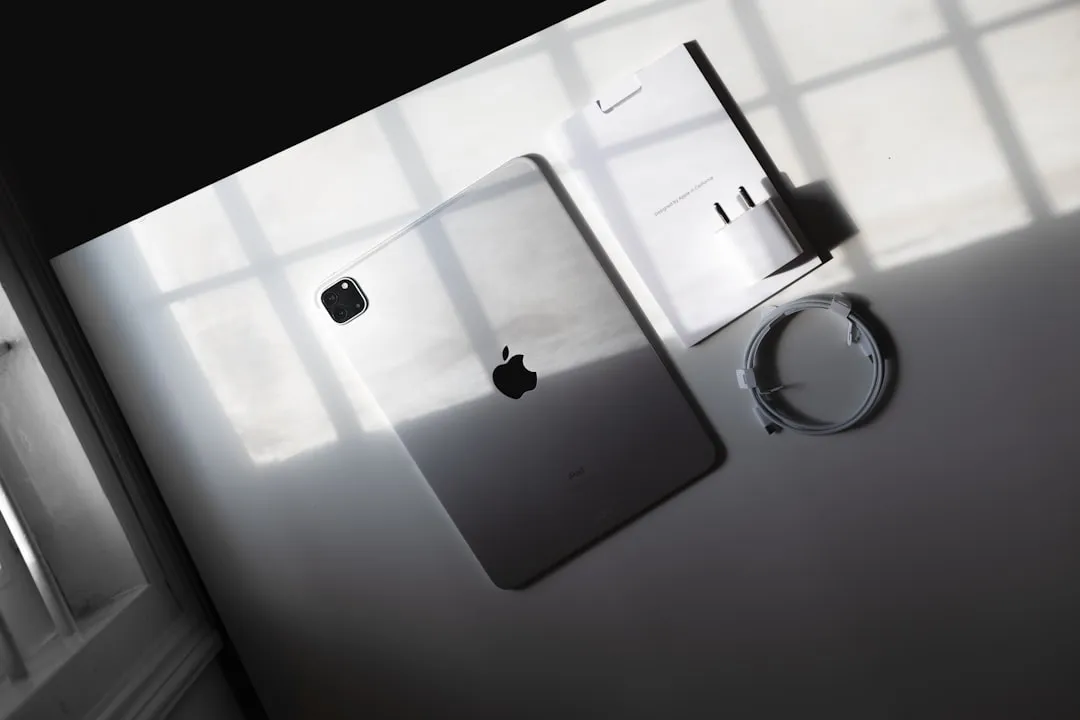

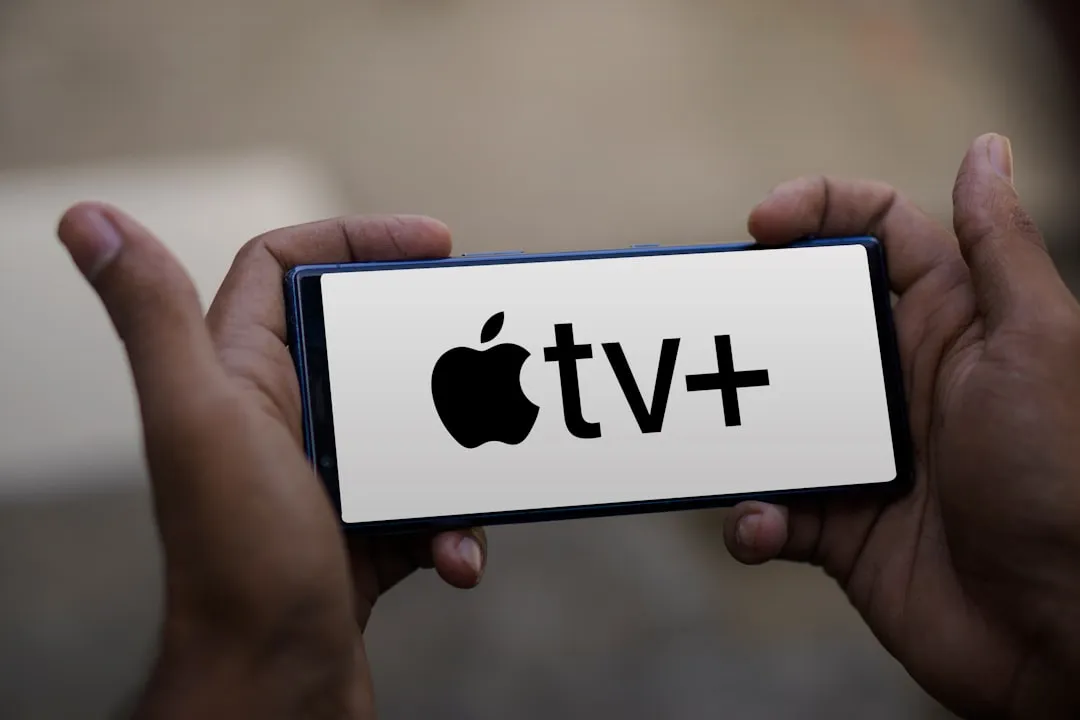

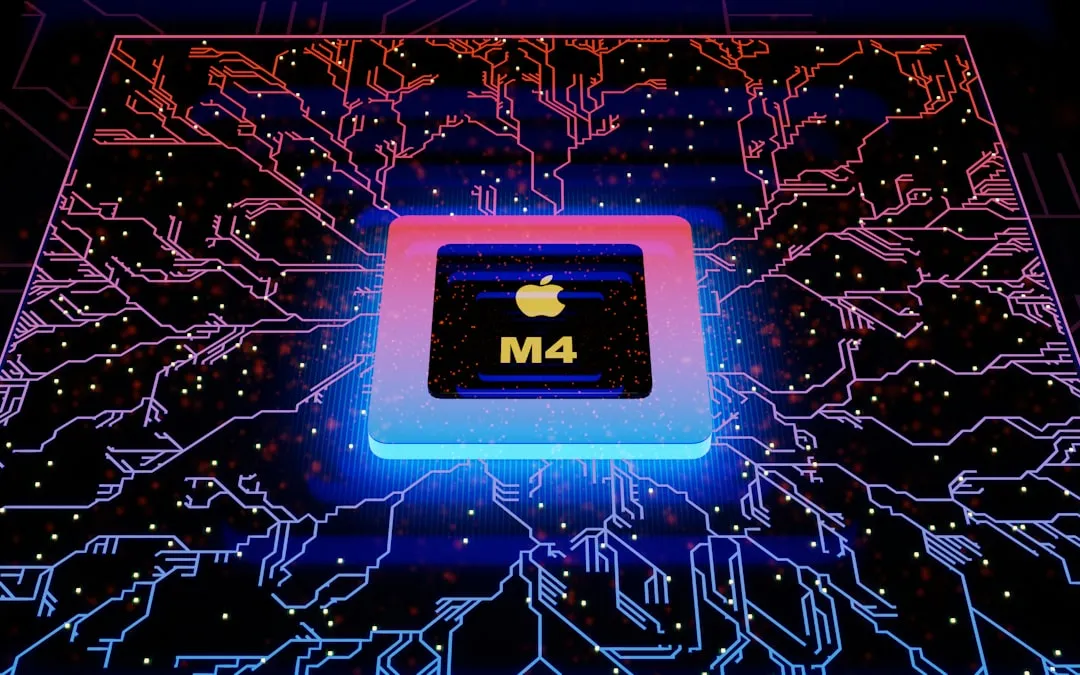
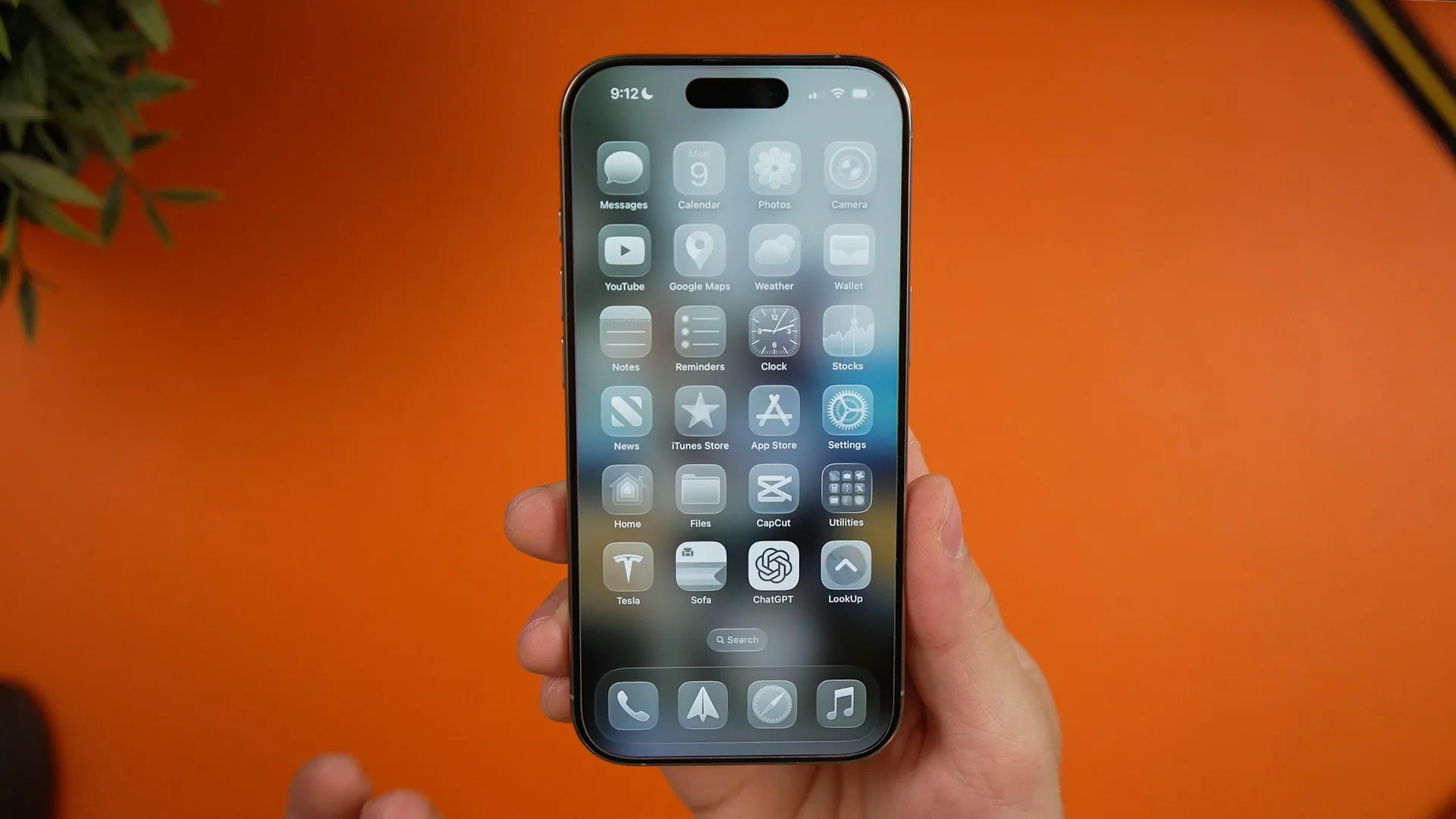

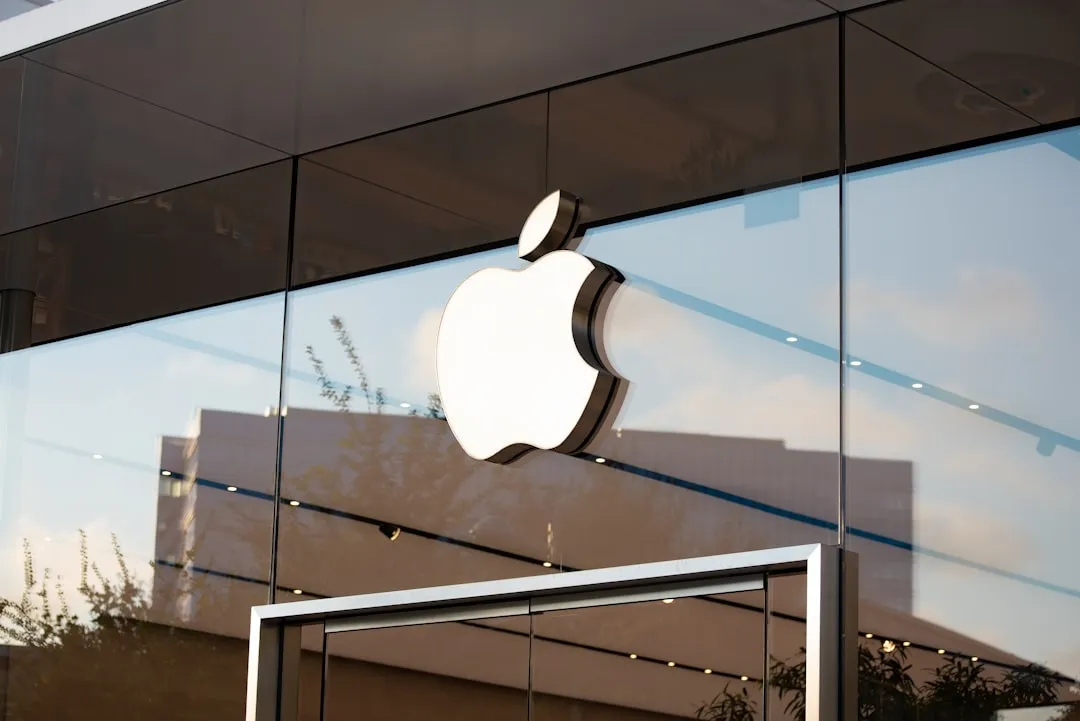



Comments
Be the first, drop a comment!